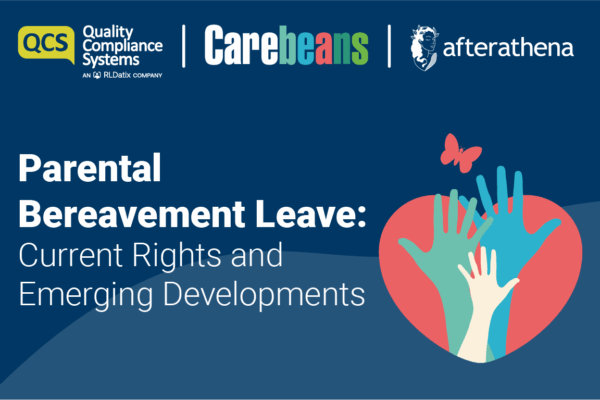 As the safeguarding of patients and colleagues confidential information is one of the most highly regulated areas of dental professionalism, how can it also be the area of practice that frequently requires dental teams to make judgement calls?
As the safeguarding of patients and colleagues confidential information is one of the most highly regulated areas of dental professionalism, how can it also be the area of practice that frequently requires dental teams to make judgement calls?
Part of the induction training for every new team member should clarify rights and responsibilities for ensuring that all information provided by patients and staff, is given on the understanding that it will be used solely for the purpose for which it was given, and will not be divulged to third parties without their consent.
Consequences of failing to meet requirements
The intensely personal and/or sensitive nature of health information means that many patients may not provide all of the required information if they were not confident that it would be kept securely. If confidentiality is breached, the dentist/dental hygienist/dental therapist/dental nurse may face investigation by the General Dental Council and the possibility of erasure from the Dentists or DCP Register, as well as being prosecuted for breach of the 1998 Data Protection Act. Besides, dental regulation and Data Protection and Information Governance requirements’ stipulate how information can be collected, stored, used, shared, and disposed of.
Staff Training:
Team training must be completed and regularly updated to make sure that the team are aware and remain mindful of how they handle confidential information such as:
- The patient’s names, current and previous addresses, bank account/credit card details, telephone number/email address and other means of personal identification, such as physical description.
- Information that the individual is or has been a patient of the practice or attended, cancelled or failed to attend an appointment on a certain day.
- Information concerning the patient’s physical, mental or oral health or condition.
- Information about the treatment that is planned, is being or has been provided.
- Information about family members and personal circumstances supplied by the patient to others.
- The amount that was paid for treatment, the amount owing, or the fact that the patient is a debtor to the practice.
- Personal information about a patient includes the names of those providing the patient’s treatment.
Procedures for sharing patient information
There are certain restricted circumstances in which a dentist may decide to disclose information to a third party, or may be required to do so by law. Responsibility for disclosure rests with the patient’s dentist and under no circumstances can any other member of staff make a decision to disclose. A brief summary of the circumstances is given below.
There are certain circumstances where the wider public interest outweighs the rights of the patient to confidentiality. This might include cases where disclosure would prevent a serious future risk to the public or assist in the prevention or prosecution of a serious crime.
There are circumstances when personal information can be disclosed:
- Where expressly the patient has given consent to the disclosure.
- Where disclosure is necessary for the purpose of enabling another health professional to provide health care to the patient and the patient has consented to this sharing of information.
- Where disclosure is required by statute, or is ordered by a court of law.
- Where disclosure is necessary for a dentist to pursue a bona-fide legal claim against a patient, when disclosure to a solicitor, court or debt-collecting agency may be necessary.
Disclosure of information necessary to provide care
Information may need to be disclosed to a third party to enable the provision of care. In practical terms this type of disclosure could be:
- Transmission of claims/information to payment authorities.
- In more limited circumstances, disclosure of information to the LAT/HB.
- Referral of the patient to another dentist, specialist, or hospital.
It is essential that all team members are fully aware of confidentiality requirements and that as part of their induction process they are made aware of individuals’ rights and responsibilities. This requirement can be met by asking employees to complete a Confidentiality Agreement, clearly specifying the acts and responses expected of the practices employees to meet the practices legal and ethical responsibilities.






